I remember the day vividly.
It was my brother’s 18th birthday. A friend gave him a book on the birds of Southern Africa. We looked out the window and saw a bunch of little brown birds. We managed to identify them — mostly Cape Sparrows and House Sparrows — and later that week we found a Streaky-headed Canary. Though another dull, brown bird, it was so exciting to find something totally different in our own garden.
I could feel the switch flipping in my head, and at the age of 15 birding became my life-long passion.
The Beginnings of Obsession
From that moment on the obsession to see birds took over my life and continues to this day. First traveling around southern Africa, birding at every corner and in every spare moment (even when serving in the army). I camped in wild spots and paddled dugouts in the croc- and hippo-infested Okavango. I hopped on a fishing trawler off Cape Town in frosty, energetic seas, hoping to see albatross and other seabirds. Then, spreading my wings, I took a year-long a backpacking trip through North, Central, and South America at the age of 24.
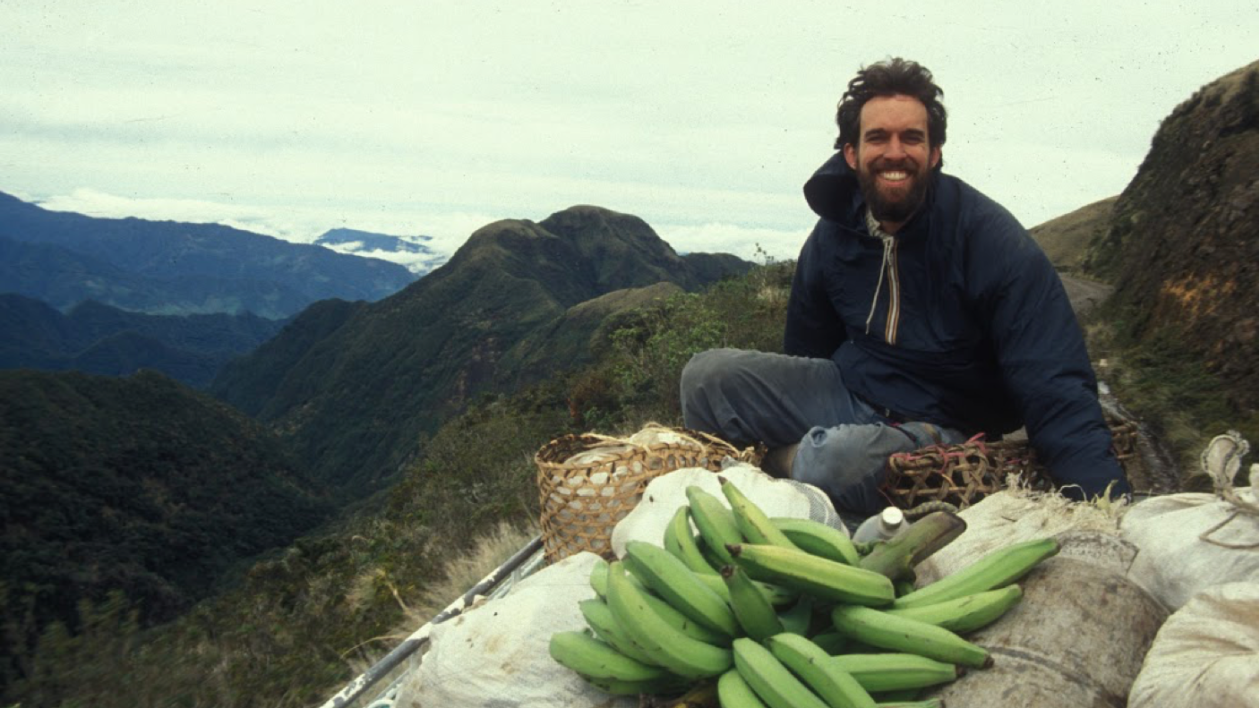
That trip changed my life. We hiked through the ruins of Tikal, slept in the barn at the home of Alexander Skutch (a famous neotropical ornithologist), ate 36 mangoes in one sitting (I was very hungry), lived with a subsistence farmer in the Ecuadorian amazon, and literally spent two months on buses.
Back home the obsession continued — I travelled in Southern Africa voraciously — crisscrossing multiple countries for rare and interesting species, doing exhausting birding big-days (24-hour all-you-can-see bird buffets), and even doing my part for citizen science in the form of a sub-continent bird atlas project. My yearning to see birds morphed into a fervor to conserve birds and their habitat, which ultimately brought me to The Nature Conservancy.
Early on, as I searched for an opportunity to become involved in conservation, I made inquiries that brought a response from the woman who later became my wife. She too is a birder, of course, and as she likes to say: “When there are two birders in the house, there are no grown-ups.” There’s no one to be realistic about costs and the other demands of birding, such as the hundreds of field guides for places we probably won’t get to… but we want to. And we might, so clearly we have to have those books. I am not even home from one trip before I’m planning the next. The thirst for birds intensifies no matter how much I drink.
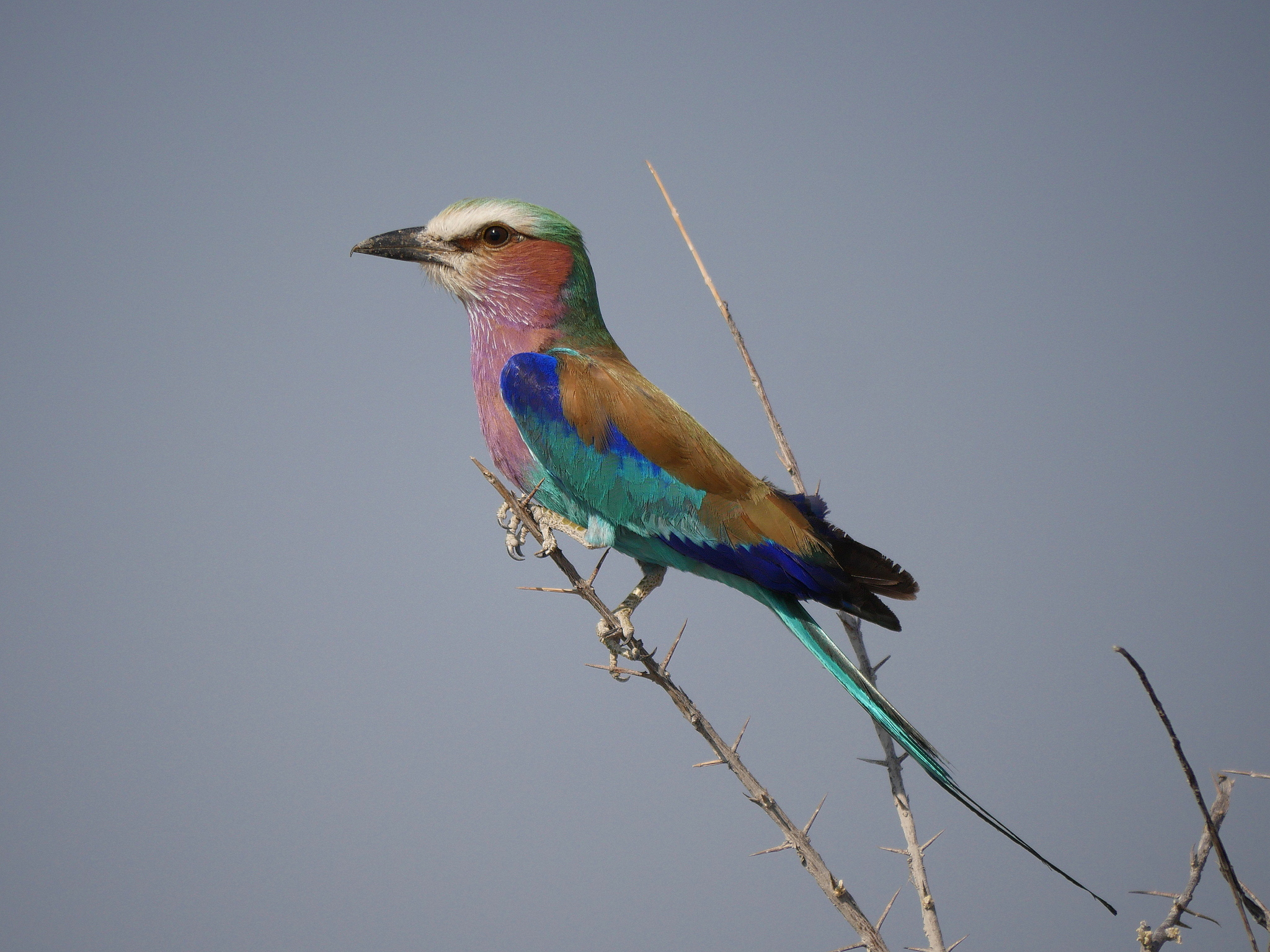

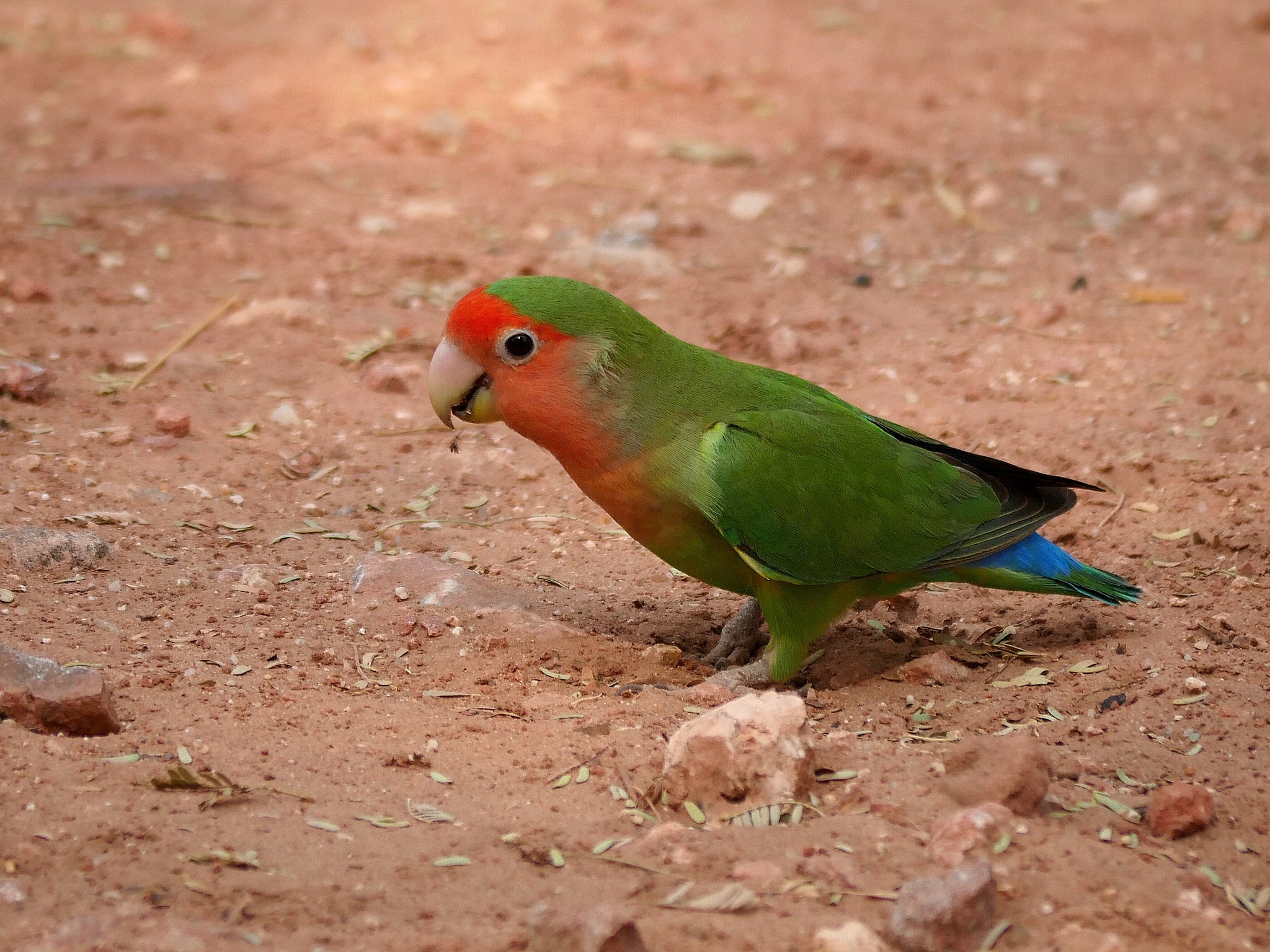


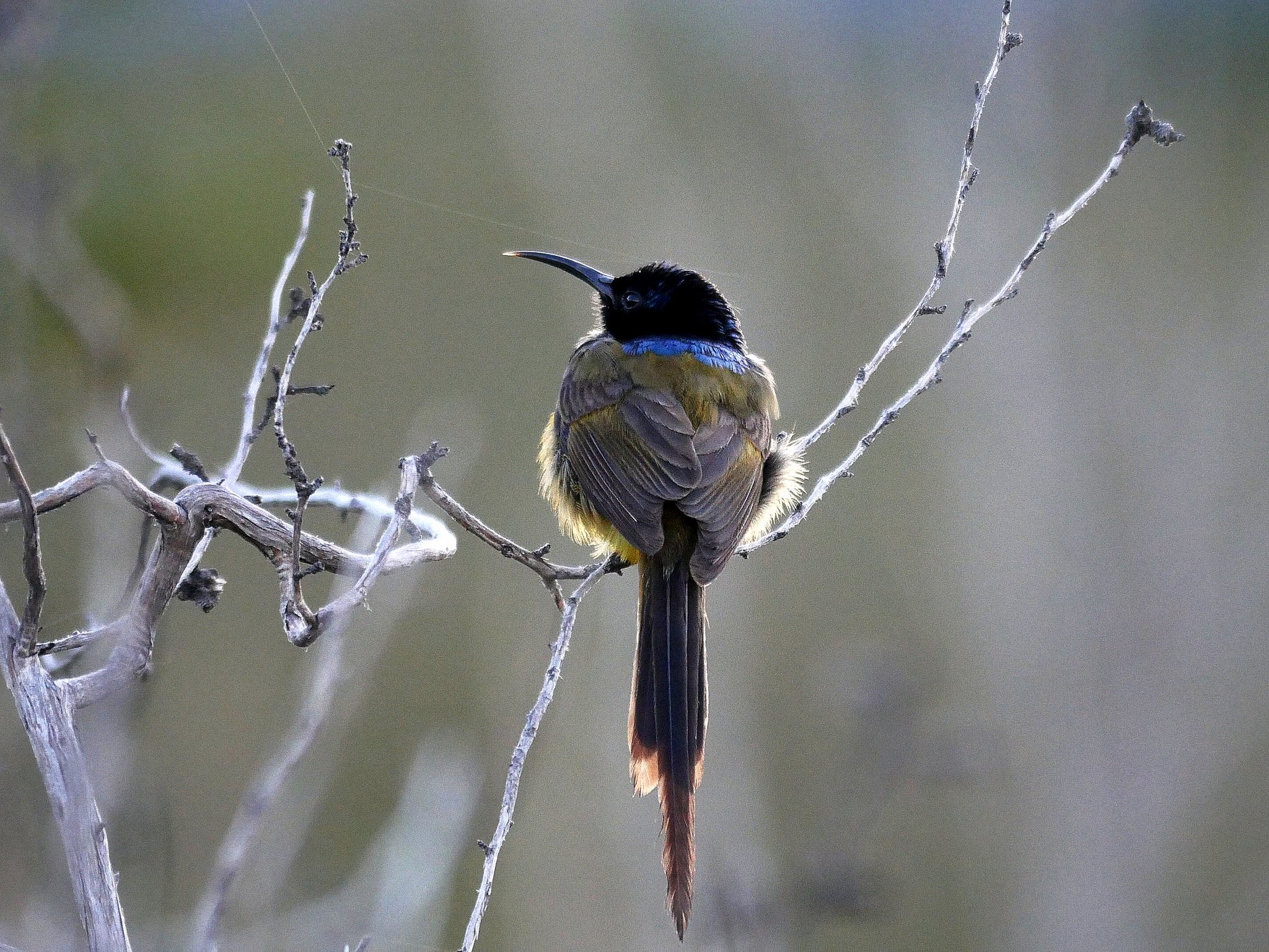
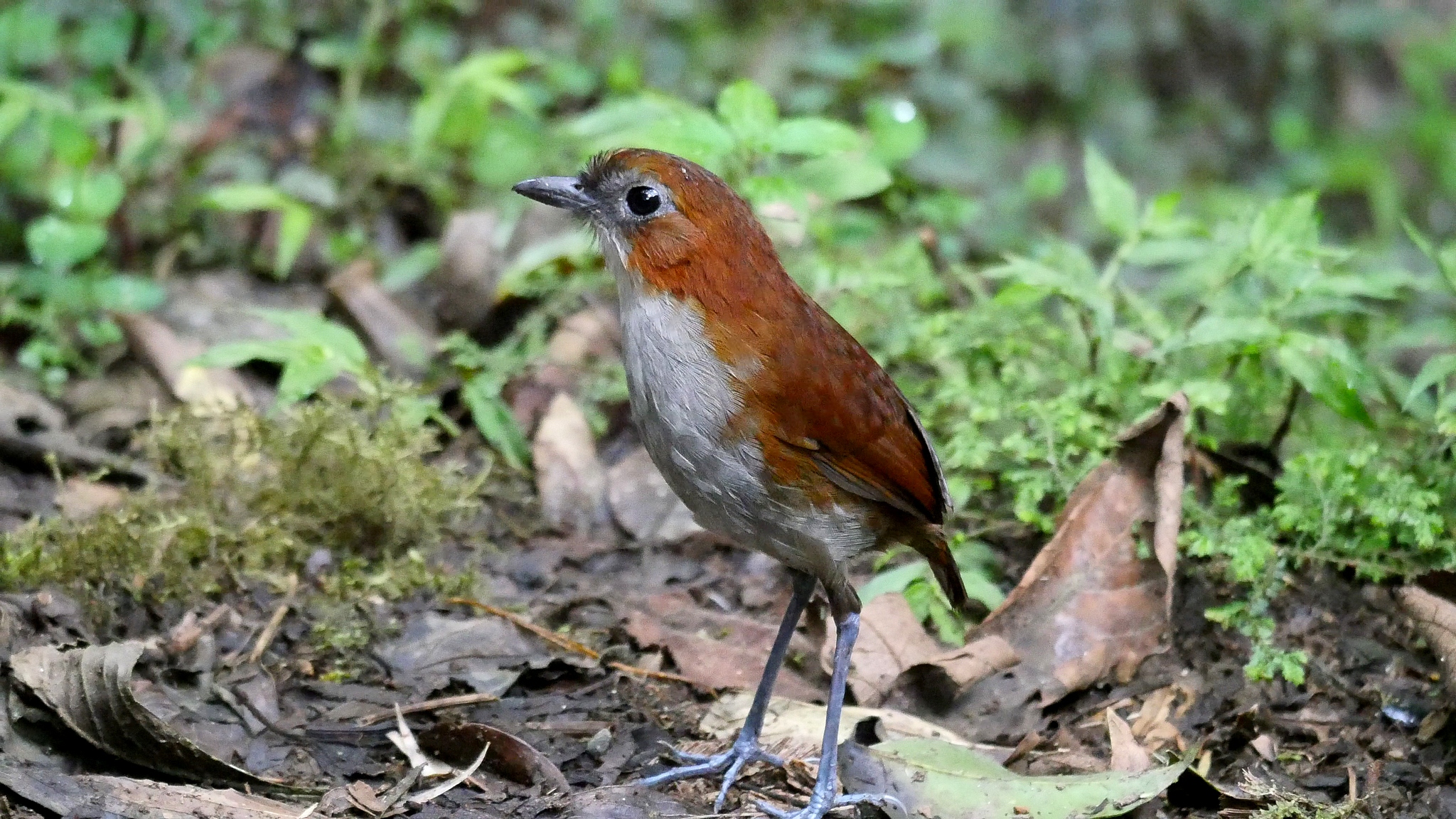
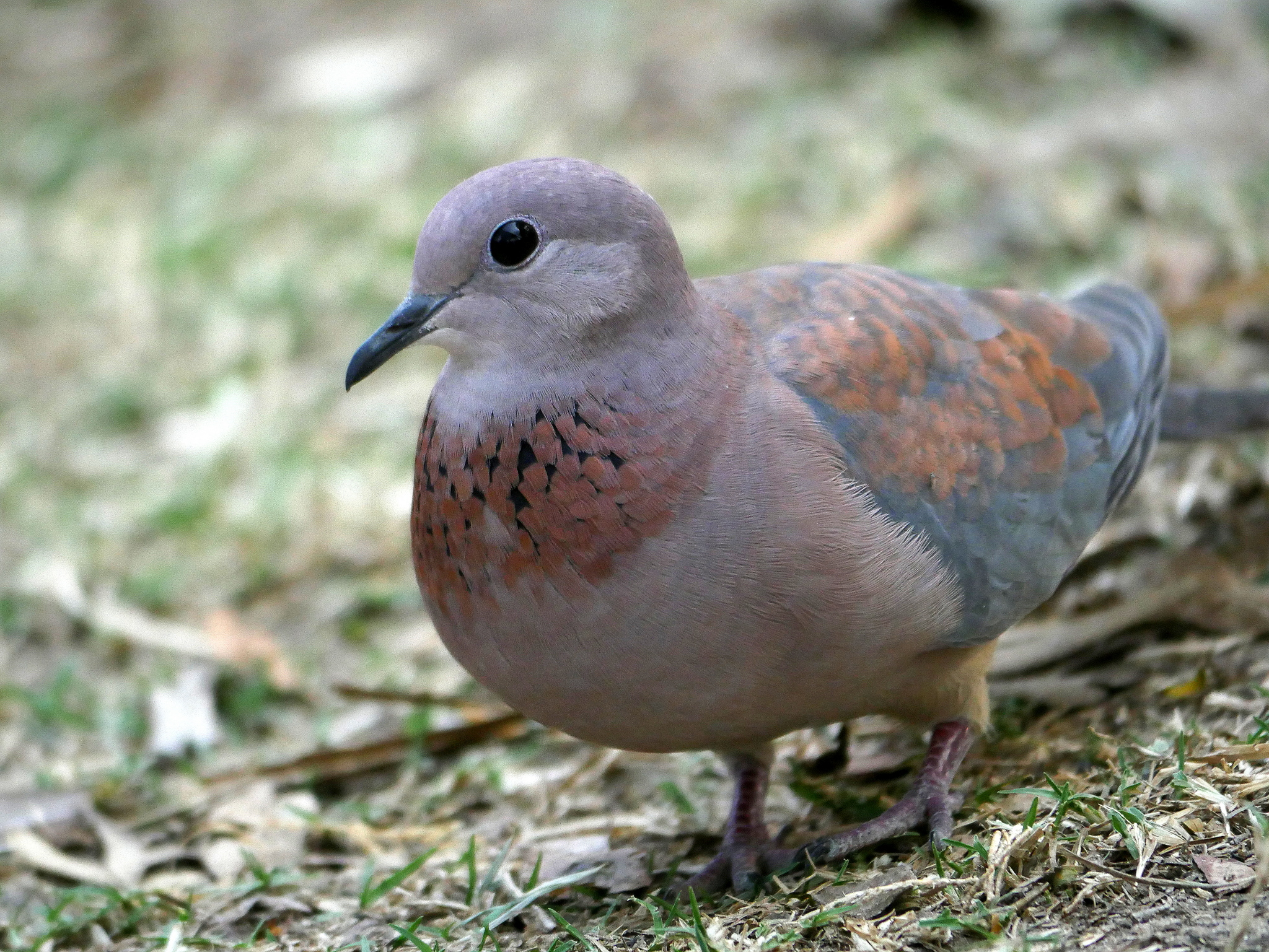
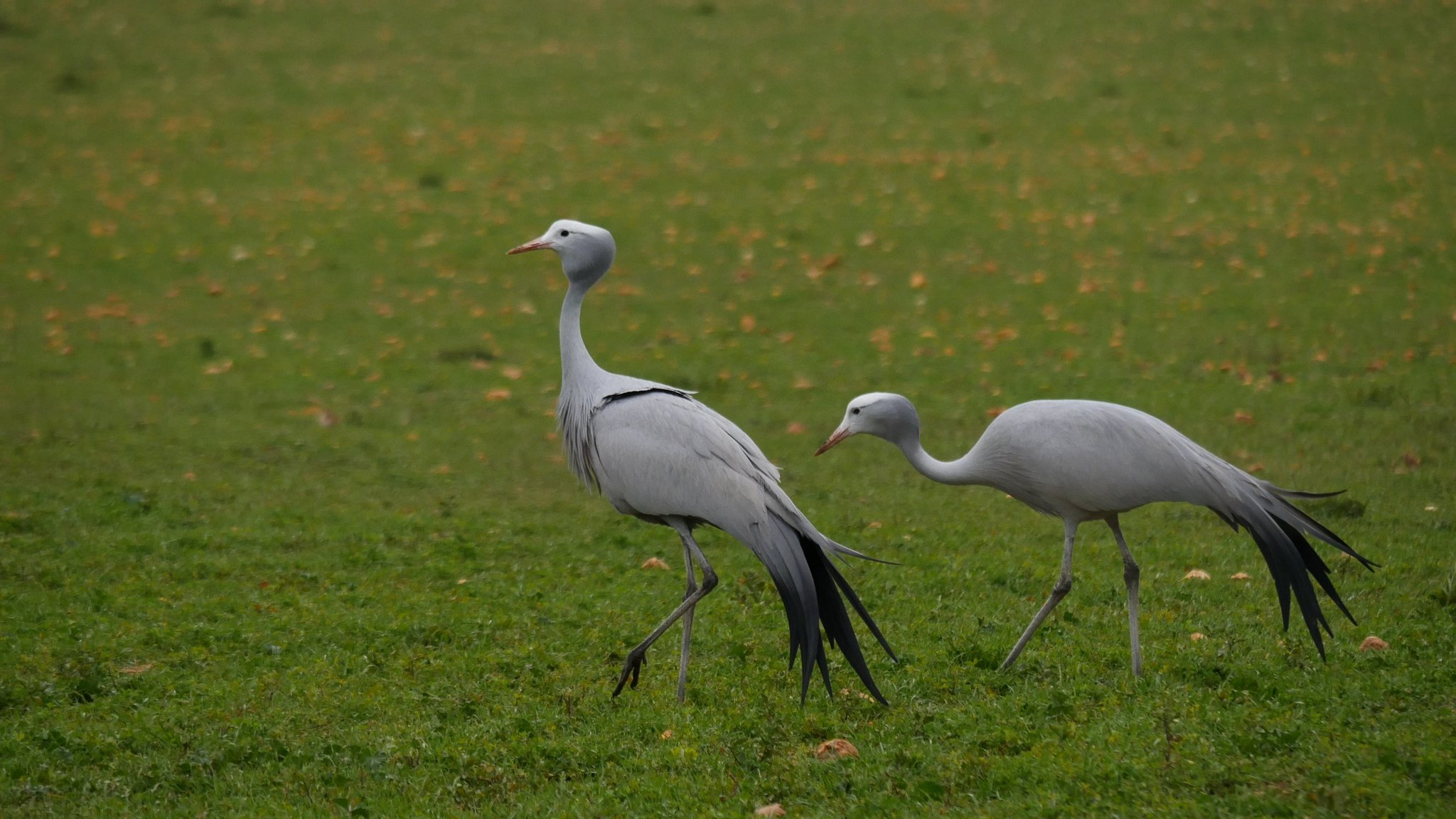
34 Years (And Lots of Lists) Later
My life-long passion hit a big turning point at the close of last year: I saw my 5,000th bird species.
To know you have seen 5,000 of anything, one has to keep a list. Not everyone likes keeping lists. My wife absolutely refuses to keep a list though she’s glad I keep one for her. She’s a quality-not-quantity birder. She won’t count a bird unless she’s seen it to her satisfaction and directs me, sternly, not to include a particular species on her list because she didn’t see it well.
I, on the other hand, am a compulsive list-keeper. In birding, whatever makes you happy is what’s important. I like to keep a list, as I like to know what I have and haven’t seen. It’s part of the fun of birding for me. When out birding I use Rite-in-the-Rain notebooks (I still have them all) and a spreadsheet that I update when I get home, including where and when each species was seen. This keeps the tally up-to-date and also enables me to monitor changes in species and subspecies, because bird taxonomy is not set in stone, and much research is still being done on many species.
Even though I keep a list, I still remember almost all of the birds I have seen. Almost. For some nondescript birds, I have forgotten the when and where. After each trip — even morning outings in local parks — I submit my list to eBird, a real-time, online checklist that is intended to is to maximize the utility and accessibility of the vast numbers of bird observations made each year by birders. (I just recently managed to upload all 30+ years of data!)
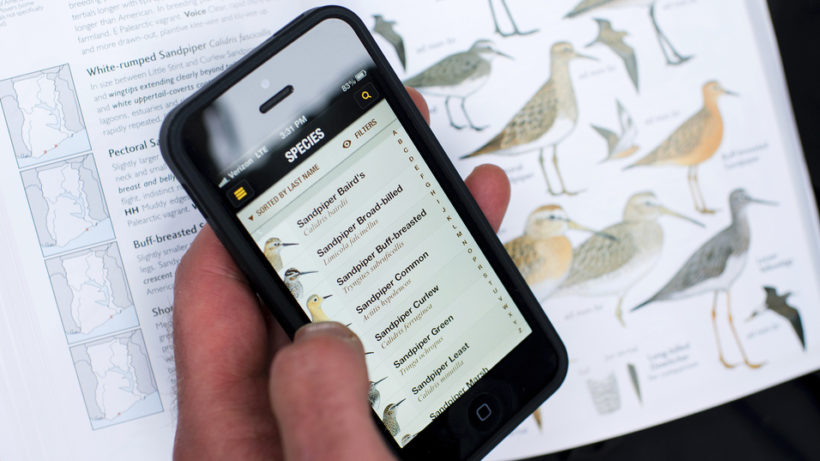
What You Need To Make It To 5,000
Like any great endeavor, it helps to have a plan to rack up thousands of birds over a lifetime. You need to know where to go, what you might see there, exact places to visit, lists of what you can expect, and the best times to visit. And, if you are an independent birder not part of a big guided group, you need to consider all the logistics — flights to catch, cars to rent, distances to drive, lodging, food, seasons and weather. Each trip needs careful planning, especially when you’re on a tight budget.
Luckily, I enjoy the planning part: the days dreaming about what birds to look forward to, reading up about the places, considering habitats I will visit, and interesting people I might meet. The internet has made all of this much easier — there are dozens of resources to tap into, including bird trip reports, maps, and email. Random travel might seem fun (and works great in movies), but to me, having a plan and a purpose makes any travel much more worthwhile and interesting.
The reward? You get to visit the most extraordinary beautiful places imaginable and see incredible things. You also get to see a few places that are decidedly not scenic: landfills (for gulls), sewage lagoons (for waterbirds), airports (the best place to find Snowy Owls), sod farms, and cemeteries. Great birds will even turn up in tiny suburban backyards.
There’s only one other thing that you need, and unfortunately this one is harder to come by: Money. Lots of it. Funding for trips is without a doubt the biggest limiting factor in global birding — this is one expensive addiction. Travel and high quality optics cost a bundle, but no matter how good your binoculars, scopes, cameras, and recording gear, it is only a matter of time until you want more and better. It helps if you don’t have kids to feed, clothe, and educate, and if you’re willing to live with second-hand furniture and forego restaurants, movies, concerts, and pretty much everything else. (Not that you want to spend time on anything but birding anyway.)
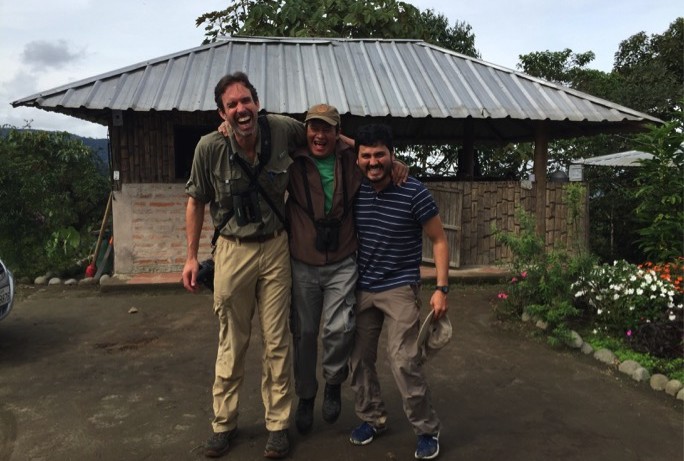
Stamina and the Pain of Heard-Only Birds
There’s one other aspect of birding that I should mention, related to my wife’s refusal to list a bird she hasn’t seen well. Sometimes, you don’t see the bird at all, you just hear it. Appropriately known as heard-only birds, these species are the bane of a birders existence.
On my recent trip to Ecuador, three of us spent a good 20 minutes circling a dense tangle of vegetation hoping to see whatever was calling insistently from within. Eventually we realized that it was a Mouse-colored Antshrike, taunting us with calls that seemed no more than 15 feet away. (I’m sure it laughed at us when we finally gave up).
The rule for heard-only birds is this: Your list, your rules. Count a heard-only if you want to. But I don’t count them, because I’m a very visual person and I want to see the bird! Fortunately, my list of heard-only birds is not that long, but even so, it’s a very sad list, full of some very, very good birds. I hate that list. I don’t want to talk about it. It’s too painful.
Sometimes finding a bird is easy, but other times it is beyond challenging. Frustration is common, and building a big list takes tenacity and insanity. Case in point: I first searched for Rufous-bellied Seedsnipe — a large shorebird that is found only above 13,000 feet in the northern part of its range in the Andes — in 1992. No luck.
I picked up the search again a number of other times in later visits. “We just saw a pair, around the corner.” No luck. Hiked up the side of a volcano to a glacier. No luck. It’s not very rare, but this particular species always eluded me.
But this past year, in the freezing cold and dense fog of the Papallacta Pass near Quito, Ecuador, the stars aligned — and I found a pair of seedsnipe at the very top of the mountain. I was so excited that my legs were actually shaking! After 23 years of looking, finding a bird like that was immensely rewarding.
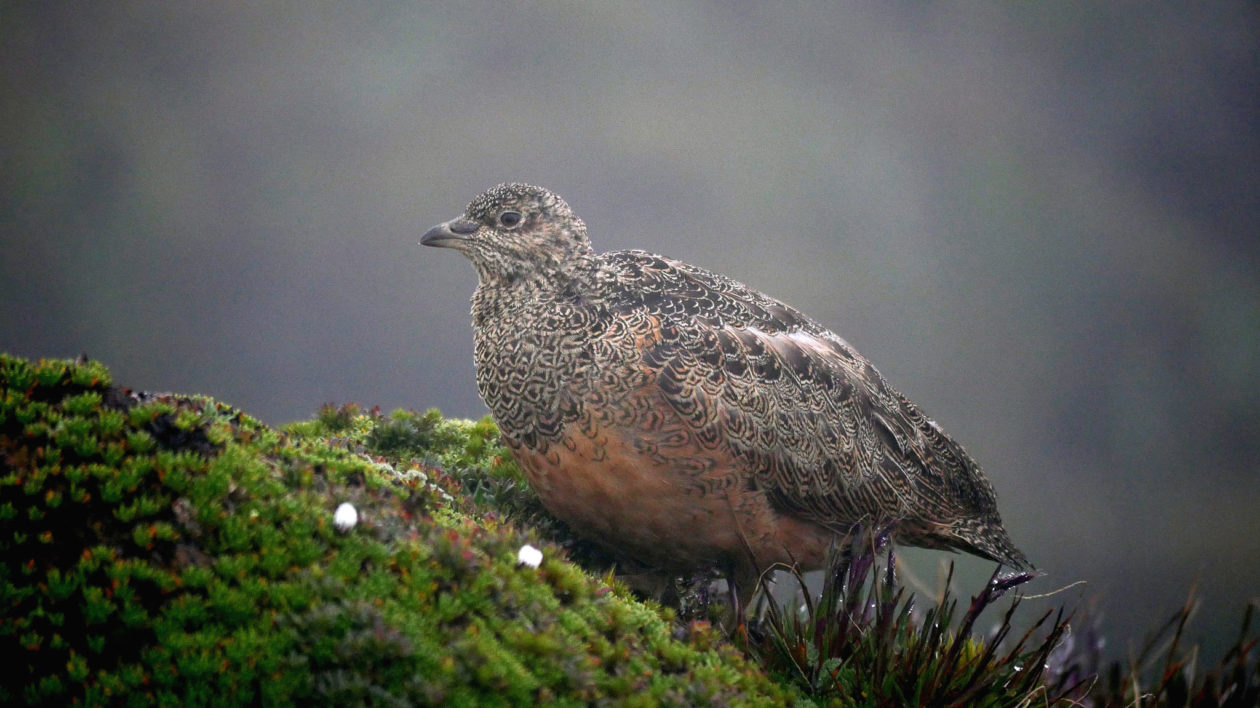
Lessons From 5,000 Birds
Looking back on 34 years of birding, what has it taught me? Mostly, that birding is a marvelous way to get to know nature — from your backyard to the world. The things you can learn are never-ending, from places to see and explore (from your local neighborhood to far-flung continents), to behaviors to notice and understand (of birds, other animals, including people). After so many years, I still marvel at the beauty of the natural world, am astounded by how much I have seen, how important it is to protect it, and how much I still have to see.
Now, about the 5,000th bird on my list. Coincidentally, it was also my 2015 bird of the year, and it came perilously close to being a heard-only. Read the heart-stopping story.
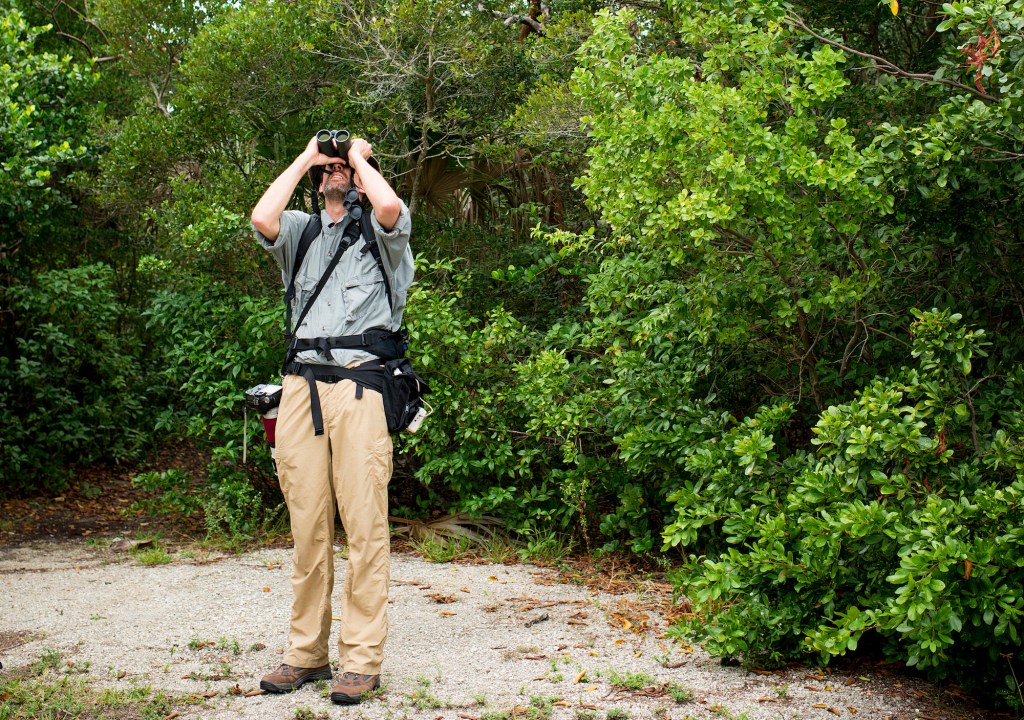



Hi Tim!
I stumbled across your photography on google and really enjoyed checking out your photos from Cameroon and Kenya especially. In fact I stumbled across it via ebirding golden nightjar since I have an odd fascination with animals starting with the word ‘golden.’ It is a tantilizing photo collection lending me to speculate on a future Cameroon birding trip!
I especially enjoyed your pics from Kenya which is a place dear to my heart. Are those elephants on the grounds of castle forest lodge? I am jealous! I am happy to recognize my good friend Wilson Tiren in one of the pics – him and I have had many crazy times including climbing Mt Kenya! Feel free to check out my blog https://theragingbirder.blogspot.ca/2016/09/if-this-trip-had-theme-it-would-be-not.html Cheers! A fellow Tim.
Hey, just stumbled across your write-up. Congrats on the huge milestone. Glad to hear that our books had a small part to play.
Great post! And what a photo of the Rufous-bellied Seed-Snipe! We managed to see it on our first attempt but our view was shrouded in mist! Talk about cold and rain blowing sideways! We (birdsofpassage.wordpress.com) are on our way to Shiripuno soon and are hoping to see the Rufous Potoo as well! Hopefully we will have the same luck. Happy Birding!
Congratulations! That is an incredible milestone.